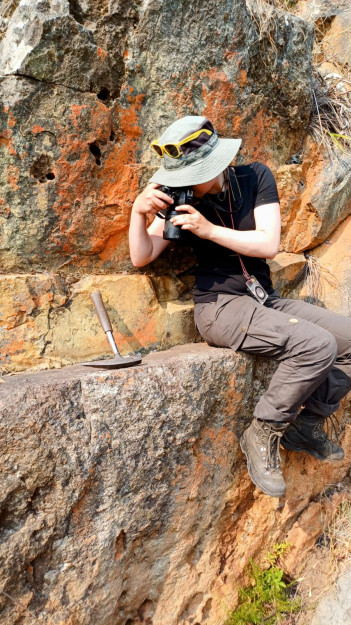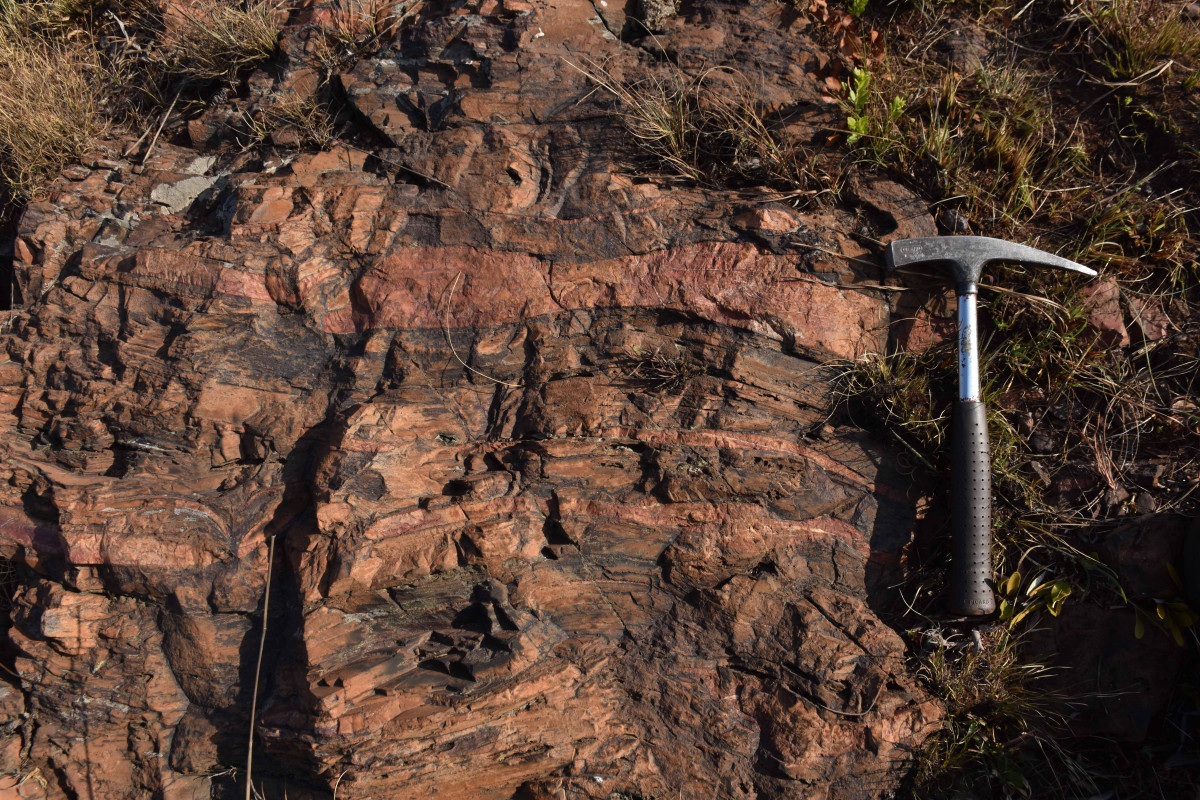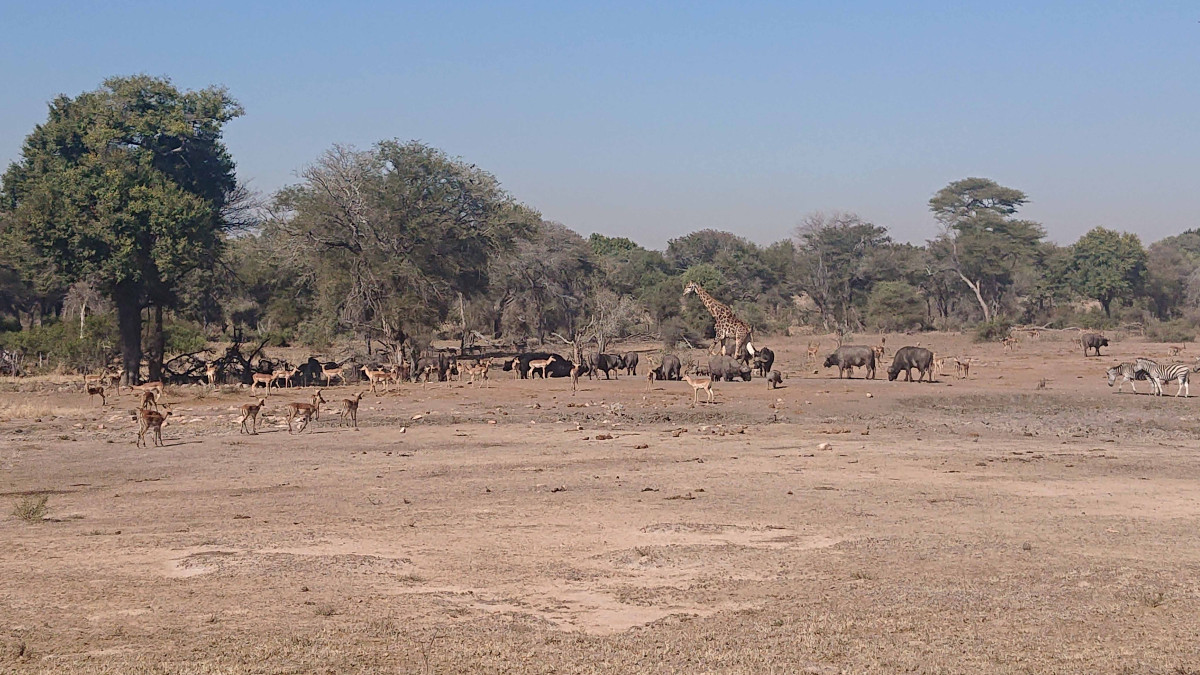
Prehistoric Deep-time detective work
Between four and two and a half billion years ago – long before humans, dinosaurs, plants or any other complex life forms – Earth was a very different place. Only bacteria thrived. The atmosphere lacked oxygen, volcanic activity was intense, and high temperatures prevailed. Methane and other gases dominated the air. Yet, in this alien world, crucial processes unfolded that still hold clues about how Earth and its climate developed.
To unlock these secrets, a team led by Prof. David De Vleeschouwer from the Institute of Geology and Palaeontology at the University of Münster travelled several times to South Africa’s famous “cradle of life”. As part of the international BASE project, the researchers investigated the Moodies Group in the Barberton Greenstone Belt, about 350 kilometres east of Pretoria.
“This region hosts some of the oldest sedimentary rocks on Earth – claystones, sandstones, conglomerates and banded iron formations,” explains De Vleeschouwer. “You can think of these rocks as a well-preserved photo album of Earth’s surface back then. They preserve unique evidence of early seas, ecosystems and surface processes.”
But observing rocks at the surface is only part of the story. “You have to drill deeper – quite literally,” says Dr. Nina Wichern, postdoctoral researcher on the project. A specialist company extracted drill cores at the request of the Geoscientists, each borehole reaching 300 to 400 metres into the ground. In total, the cores stretch nearly four kilometres if laid end to end. They cover only a few million years of Earth history – therewith they provide a snapshot of our planet more than 3.2 billion years ago.
The drilling alone required major logistics and funding. But transporting the heavy cores to Europe proved just as tricky. At one point, a transport company failed to provide a forklift – so staff had no choice but to join forces and load the lead-heavy boxes by hand. Today, most of the cores are stored in Berlin-Spandau, with some now available for detailed study in Münster.
Fieldwork in South Africa also left vivid memories. “One highlight was spotting the ‘Big Five’ in Kruger National Park: lions, leopards, rhinos, elephants and buffalos,” recalls Wichern. Even at work, the team often paused to take in sweeping views across the ancient Barberton landscape.
Back in the lab, the team analysed the drill cores in detail. They discovered repeating sequences of coarse and fine layers, along with periodic iron oxide bands. These patterns reflect changing energy and chemical conditions on the seafloor – in other words, climate cycles. The scientists link these rhythms to Milanković cycles: slow, predictable changes in Earth’s orbit and tilt that alter the distribution of sunlight, shaping climate and sedimentation.
“That such orbital fingerprints are visible in some of the world’s oldest rocks is astonishing,” says De Vleeschouwer. “It shows that astronomical rhythms were already steering climate more than three billion years ago.” These ancient records not only allow for a reconstruction of the environment in which life emerged, but also expand our understanding of how Earth’s climate responds to long-term natural drivers. Still, De Vleeschouwer stresses: “This does not replace modern climate research. Today’s human-driven warming is happening far faster – and under completely different conditions.”
For anyone visiting South Africa, the Barberton Greenstone Belt is worth a stop. Often called a “geological Mecca,” the region is a UNESCO World Heritage Site and one of the best places worldwide to experience rocks that preserve the story of early Earth.
Author: Kathrin Kottke

Always stuck in your own bubble, racing through studies with blinders on, doing research cut off from the wider world? Not at the University of Münster! The university values internationality and a cosmopolitan atmosphere. Those who spend time researching or teaching abroad bring back many stories. We tell some of them in this series .
This article is from the University newspaper wissen|leben No. 6, 1 October 2025.



